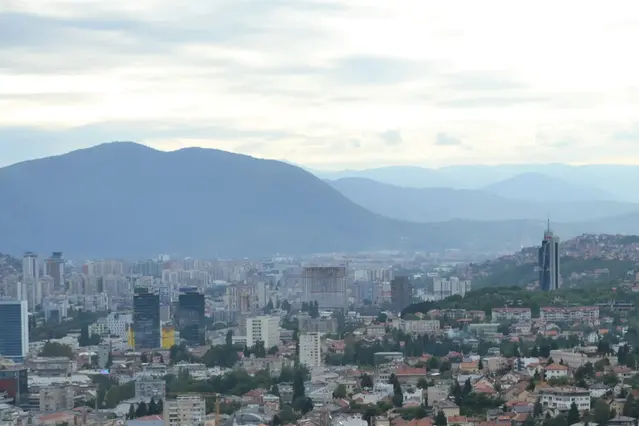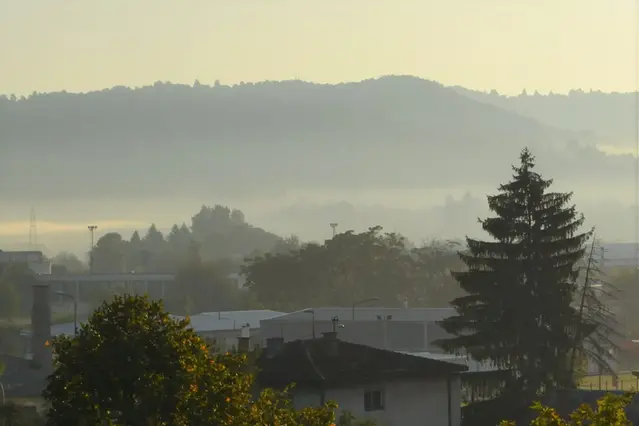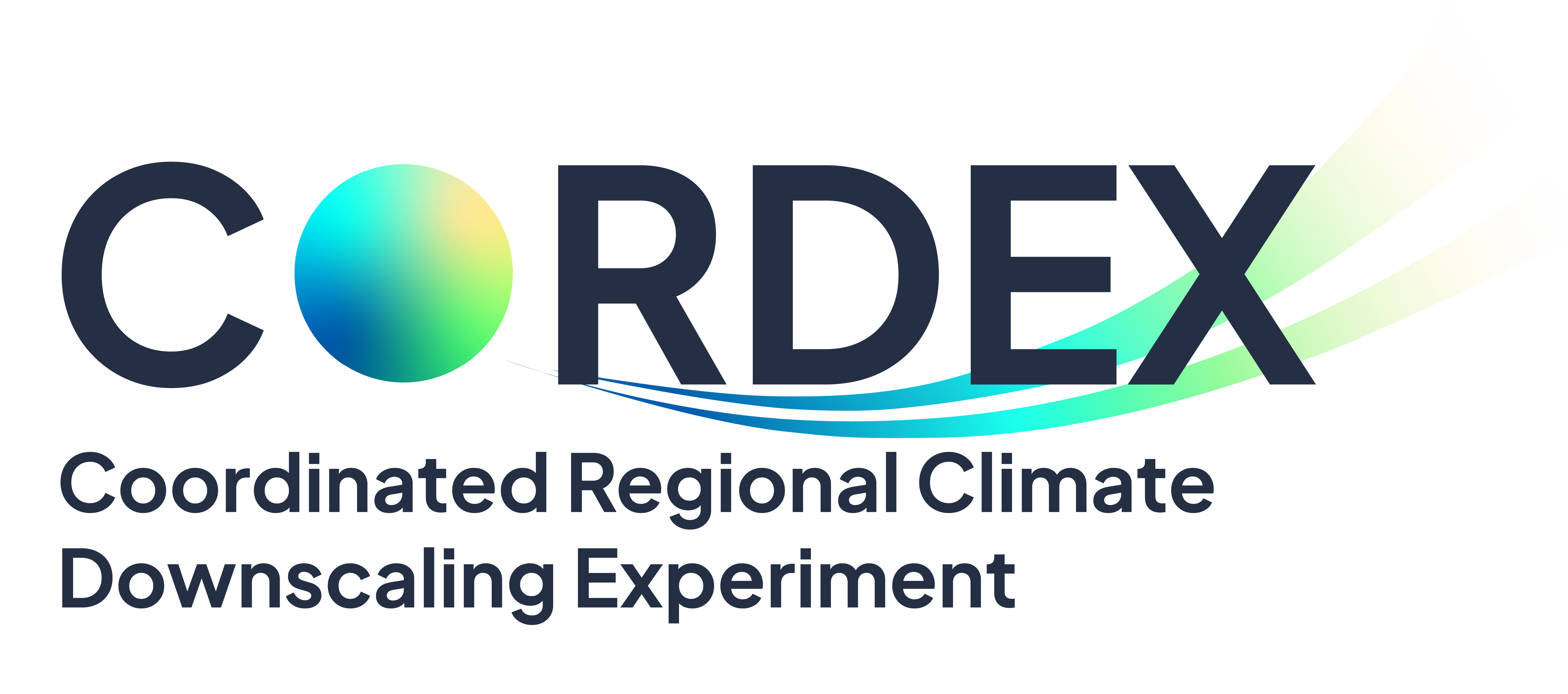Air quality studies in Bosnia and Herzegovina
SMHI is about to complete the project IMPAQ in Bosnia and Herzegovina, led by the Swedish EPA on behalf of the Swedish Embassy. The purpose of the project has partly been to better understand the reasons why air quality is so bad in several cities, especially during winter time. The project has been running for nearly 4 years and has focused on the cities Sarajevo, Zenica, Tuzla, Banja Luka, Bijeljina and Brod.
The initial preliminary studies during the projects first year paved way for the continuation of the rest of the project. SMHI collected various information and data related to air pollutant emission. The team worked together with municipalities, universities and meteorological institutes and found dedicated and committed people, even though they bear many other responsibilities than air quality.

Industry in Zenica.
– The methodology for collecting such air pollution emissions data needs to be improved in Bosnia and Herzegovina, and the Swedish routines and methods have worked as an inspiration in this case, says Olivier Tasse, International Product Manager for Air Quality Consultancy services.
New methodology for consolidating data
The collected emission data of the two main cities, Sarajevo and Banja Luka, was consolidated when implementing new methodologies. The first innovation was to reuse CAMS Urban Atlas and use data together with local statistical emission data to produce a map of emissions related to individual heating.
– Geographical dimension is a dimension that is usually missing in countries that have not had time to consolidate their emission understanding process, Olivier Tasse explains.

Sarajevo
The second innovation was to map the traffic emissions, depending on the road class and after rough local statistical data (the vehicle fleet and some traffic counting), and when using the emission calculations according to the Copert 5 calculation tool.
MATCH used as the dispersion mode
SMHI’s MATCH dispersion model was used to model the ambient air in Sarajevo and Banja Luka, as MATCH is one of the models that can consider the complex meteorology and, among other things, temperature inversions episodes. For example, Sarajevo is located in a fairly deep valley with recurring low winds in the region. This combination means that the temperature inversion happens often throughout the fall and winter. The air pollution is then tackled to the ground and concentrates in the urban environment instead of spreading up.
Statistical analysis for evaluation of pollution sources
In parallel, SMHI handled the procurement of a supplier from a neighboring country that implemented a small particles PM 2.5 daily filter sampling, followed with chemical analyses of the samples. The analyzes concerned daily total mass of particles, some elements, ions, carbon and anhydrous sugars when they were part of known signature of the most relevant air pollution sources. A measurement campaign was done during the winter of 2020-2021 in the same 6 cities and again during the winter of 2021-2022 but only in the two main cities.

Banja Luka
SMHI proceeded to analyze the data through a so-called Receptor Model that runs a statistical analysis to produce the profile and time series of the most likely sources of air pollution that were active during the sampling. When comparing these results with weather data (wind direction, speed, precipitation, temperature and approximate temperature inversion) and with social activity (holidays, riding days, school holidays) it was quite interesting and accurate with meaningful peaks and troughs. Some of the results have also been verified using backtracking modelling.
Conclusions from the studies
Both studies shown that during the autumn and winter periods:
- SO2 continue to be a significant topic in Bosnia. It comes from brown coal firing both in local heating appliances and large electric power plants.
- NOx is also a significant issue, but mostly in Sarajevo, which is an active city of 340,000 inhabitants.
- The particles level, both on PM2.5 and PM10, are among the worst in Europe and the heating systems that fire wood or coal have a significant impact here.
Some financing instruments for energy efficiency are being implemented in Bosnia and Herzegovina and an improvement can be expected. However, the temperature inversion that can last for several days on a stretch in Bosnia and Herzegovina has a harmful effect whatsoever are the emissions. Then the observation of the temperature inversion periods can be used to inform the community that a severe harmful air quality period is about to happen.
– In November, SMHI will organize a workshop in Sarajevo to present the results to local collaborators and stakeholders together with the Swedish Environmental Protection Agency. An exciting project is coming to an end, but the work with better air quality in Bosnia continues, Olivier Tasse concludes.
What is the IMPAQ project?
IMPAQ - Improvement of air quality and air quality management in BiH" is a three-year project initiated and coordinated in 2019 by the Swedish Environmental Protection Agency (SEPA) with the financial support of the Embassy of Sweden. The project is implemented in cooperation with the Swedish Hydrometeorological Service (SHMI - Swedish Meteorological and Hydrological Institute), and all relevant institutions from Bosnia and Herzegovina, as well as the Federal Hydrometeorological Institute and the Republic of Srpska Hydrometeorological Institute are involved.


